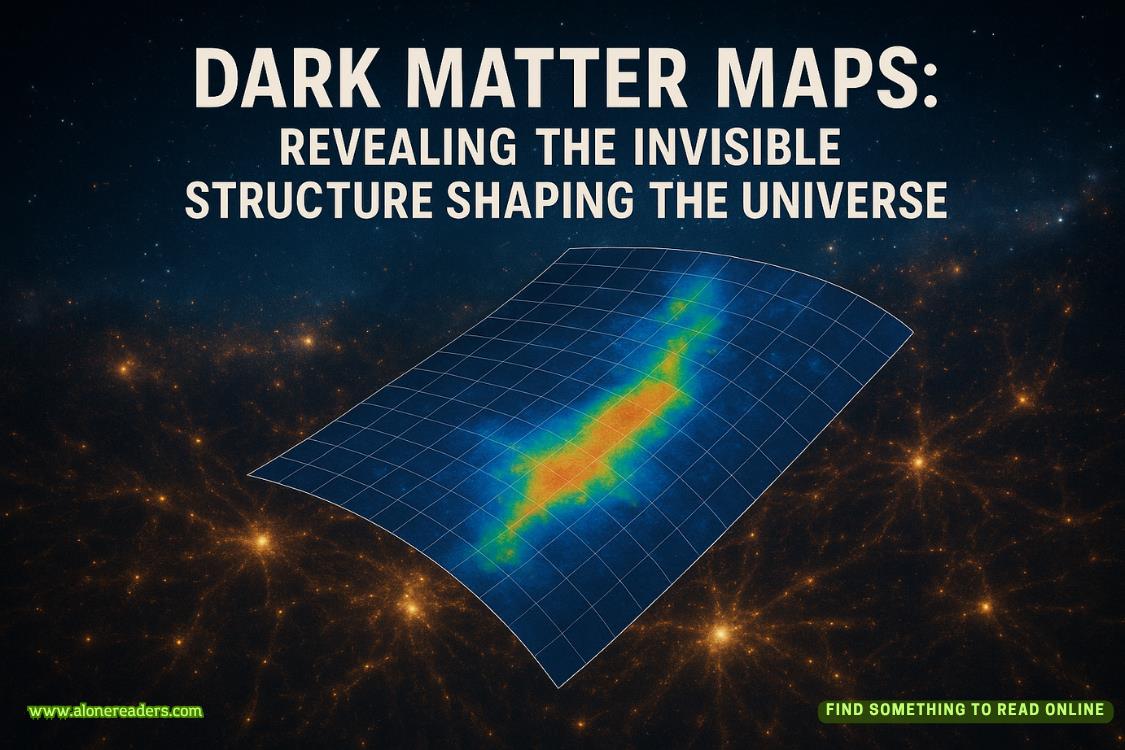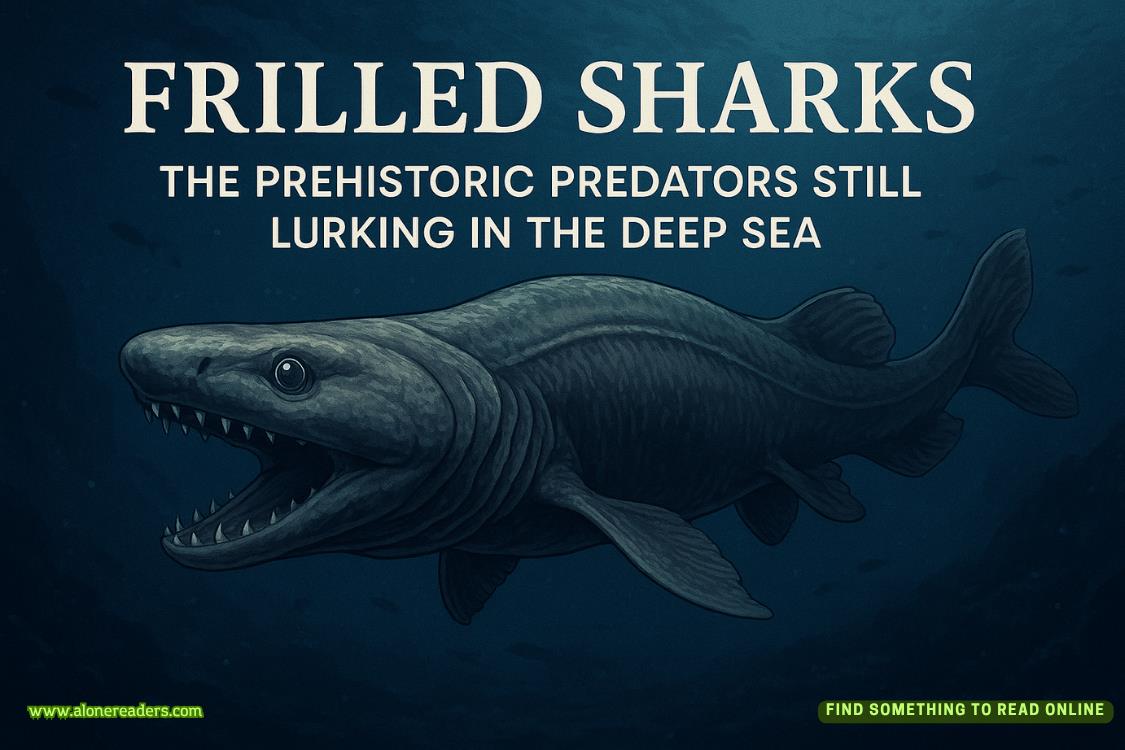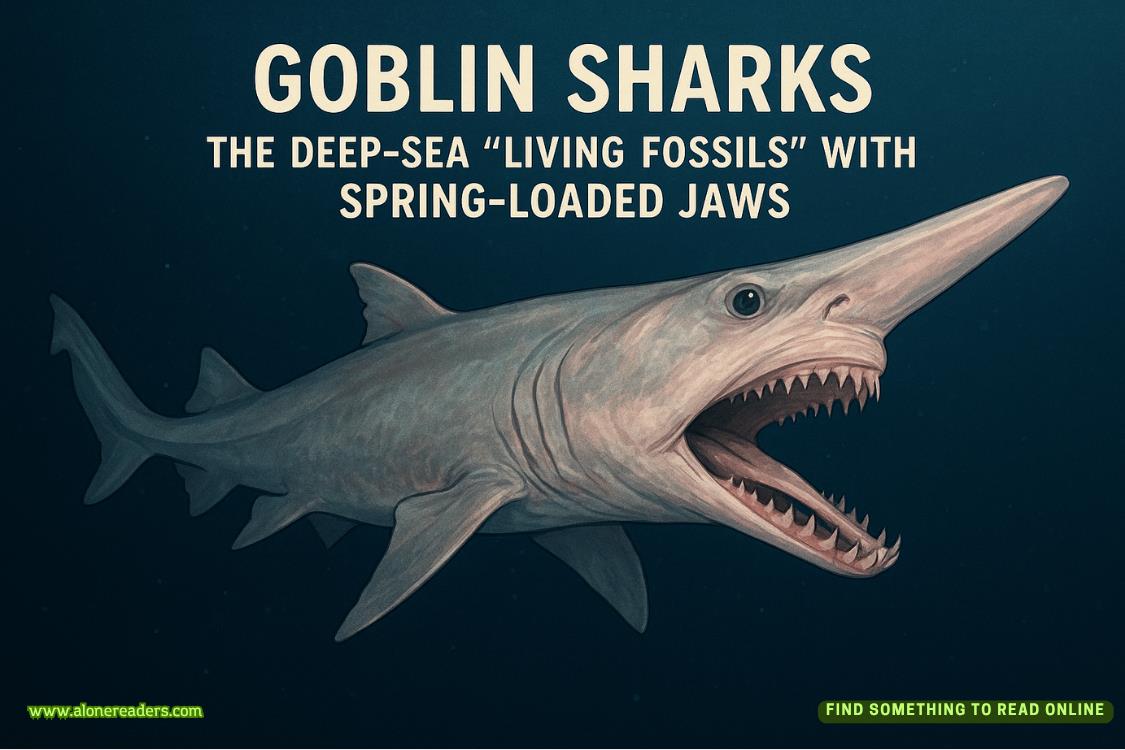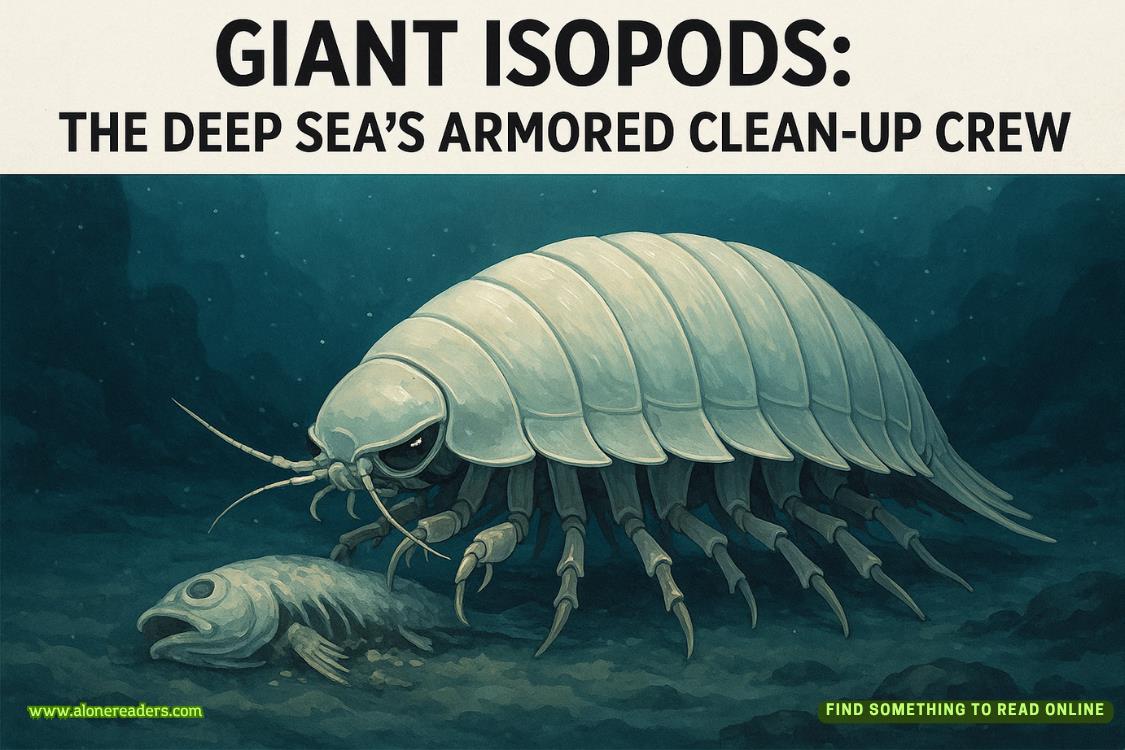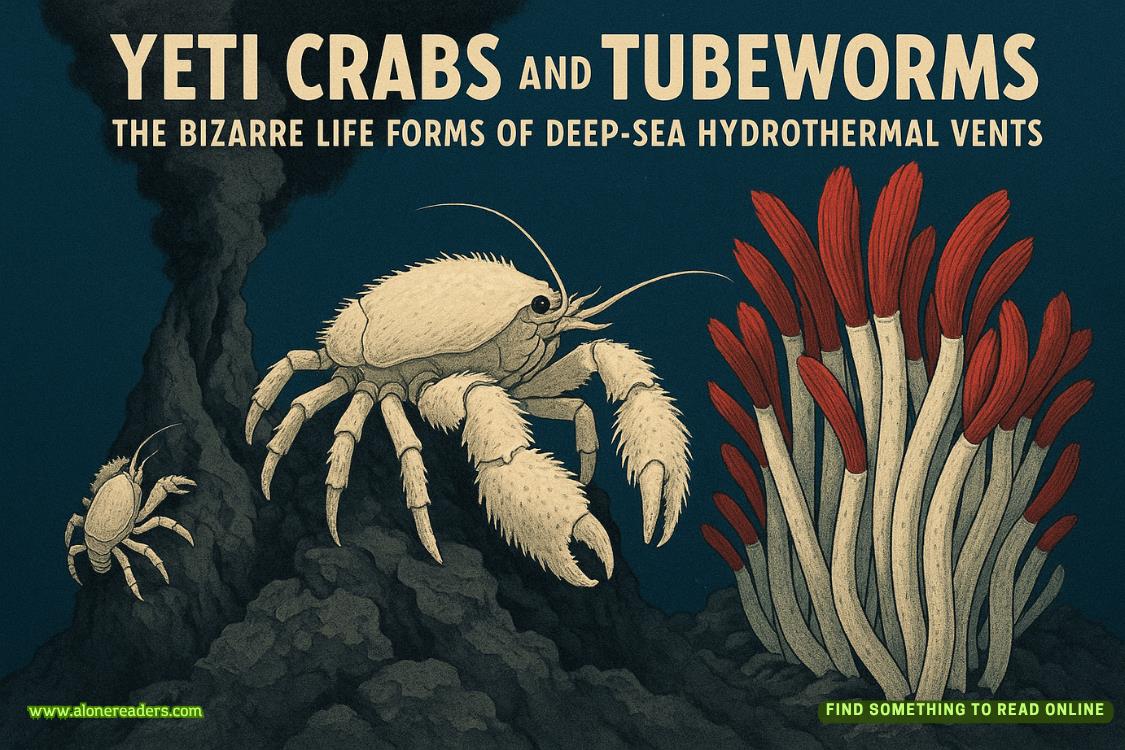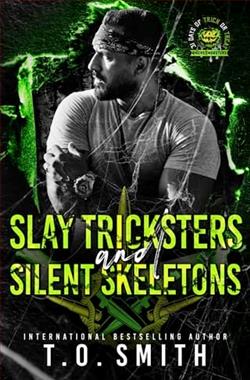Page 18 of This is How I Lied
MAGGIE KENNEDY-O’KEEFE
Monday, June 15, 2020
I’m at my desk with the approved press release in front of me. I know I need to get it out to media, but I also know once the information is released to the public we’ll be overwhelmed with phone calls from armchair detectives and well-meaning townspeople trying to help. Eve’s case will distract from our other work. The ongoing arson case, for instance. With calls coming in about Eve, tips about the arsons could get lost in the shuffle.
I’m still puzzled by Nola’s response to finding out we’re looking into Eve’s death again. I thought she would show some kind of emotion besides scorn. I know that Nola drove Eve crazy but Eve loved her little sister, was incredibly protective of her. Too bad Nola didn’t seem to reciprocate, even after Eve’s death.
I decide to go to the archive room and review Eve’s files. I open the binder that holds Eve’s background information. Name, address, birthday, family contacts. It also holds the transcript of the call to 911, crime scene photos, initial interviews and the coroner’s report. I take the elevator to the basement. It may be windowless and stuffy but there’s room to spread out and chances are I won’t be interrupted.
I open the binder, flip past the photograph of Eve’s sophomore year school portrait and find a brief synopsis of the case. Too brief. It’s typed on Ransom County Sheriff’s Office letterhead and is just a few sentences long.
After reviewing the facts in the murder of Eve Marie Knox, it is my opinion that the perpetrator is a white male, between the ages of twenty-one and fifty. The perpetrator may or may not be known to the victim. Because of the positioning of the victim’s clothing, an attempted sexual assault may be a motive. While several men have been named persons of interest, there isn’t sufficient evidence for an arrest.
In the mess of paperwork, I find that law enforcement focused on three specific males. Nick Brady, of course, but also Daryl Olhauser, the creepy adult son of our next-door neighbor, and a drifter known as Pedals. No one knew Pedals’s real name or where he lived, but he traveled around on an old Schwinn, even in the snow, and passed through town every few weeks or so. There were no clear ties between Eve’s death and these men.
I turn to the 911 transcript. As I read, flashes of that night come back to me.
We’ve looked everywhere but the caves, I said. Let’s go check them out. Nola gave me an odd look but agreed. It had started to snow and I remember the cold and wet seeping through my tennis shoes. Nola had handed me a flashlight when we got to the last streetlight at the end of the dead-end street that lead to the caves.
I remember the whistle of the wind and the way we had to step over a litter of fallen leaves and dead branches until we were swallowed up by the pine trees. I tripped on a snaggle of exposed roots and grabbed at a low-hanging branch to steady myself.
About a half an inch of snow had fallen since Nola and I began our search and the stepping stones across the creek were dusted with a slippery layer.
Once over the creek the caves weren’t far off. Nola led us directly to Rattlesnake, a cave whose main tunnel stretched out like a long sinuous snake. I knew that bats hibernated during the winter but I still covered my head as we entered the mouth of the cave. Our breaths seeped from our mouths in ghostly puffs, illuminated by a flashlight that only let us see a few feet in front of us. Though the air in the cave was warmer than outside, my teeth chattered. I kept one hand on the damp, rough wall of the cave to help guide my way though I knew that if we kept following the curves and didn’t veer off into one of the side caves we would eventually come to the opening that would lead us out the other side.
We walked for about fifteen minutes, the only sounds the soles of our shoes scraping across the rocky ground and the soft plop, plop, plop of water and our occasional calls of Eve’s name. Was it possible for there to be running water in a cave in the dead of winter? I had visions of bat shit dripping from above. But as scared as I was to stay put I was even more frightened of moving forward.
I focused the beam above us, half expecting to see a colony of bats curled up in furry balls on the craggy ceiling. There was nothing there. I lowered the flashlight spotlighting first the icicle-shaped stalactites and then the pocked gray walls. Still I heard the bubble of water running—an underground stream somewhere off in the distance.
The trail slanted upward and the temperature gradually rose. The all-encompassing black pitch we were traveling through shifted to an inky charcoal and I knew we were finally close to the cave’s exit.
She’s not here, I breathed with relief. Let’s go, I said, picking up my pace, my thigh muscles burning as we climbed the steep path.
Wait, what’s that?Nola asked, grabbing the flashlight from me. The beam bounced off a kaleidoscope of colors fanned out across the stone floor. It was Eve. Her bright red hair incongruous against the drab limestone, her face stained dark with blood, her wide, staring eyes.
I screamed and skirted past the body out the mouth of the cave into the gently swirling snow, not knowing if Nola was behind me or not. I stumbled and fell and got up again only to slip again and again. I paused and vomited into the nearly frozen creek.
By that time Nola had caught up with me and together we hurried to the closest house, Mrs. Benson’s.
The 911 transcript is pretty straightforward but transcripts can be deceiving. They chronicle what the caller says but not the raw emotion. I flip through the binder and sure enough in the back is a three-hole plastic page protector containing an audio tape labeled Eve Knox 911 Call.
I have to do some hunting in order to find a cassette recorder. I find one, coated with dust in a box in the IT office. I dig out a pair of earbuds from my purse and realize, of course, they aren’t compatible. I press Play, adjust the volume by spinning the wheel on the side of the player and listen. The tape is slightly warped with age. Sluggish, so that each word is lazily drawn out. Even so, I can hear the alarm in the caller’s voice.
Vivian Benson, the woman who initiated the call, sounds breathless and panicked, stumbling over her words as she tries to provide the dispatcher with the requested information. I don’t remember much about pounding on Mrs. Benson’s door that night after Nola and I found Eve but I do remember shaking with cold and terror.
When Nola comes on the phone line, I’m immediately struck by her composure. She sounds cold. Mechanical. A stark contrast to the woman who handed her the phone and to my jagged crying in the background.
We had just found Eve dead. Could Nola’s reaction have been shock, like the dispatcher suggested? I scan the notes that the first officer on the scene jotted down as he talked to Nola for the first time. Thirteen-year-old juvenile doesn’t seem v. upset. Matter-of-factly led us to the body of her sister. No emotion. Follow up.
My dad must have thought so too because on one of the hundreds of sticky notes that freckle the pages of files, he wrote in his familiar, messy scrawl: Nola Knox—psychological eval. My heart squeezes. My dad doesn’t write anything anymore. Now he can’t harness his thoughts long enough to put them into written form.
Next come the crime scene photos. They are hard to look at, even for a law enforcement officer. The baby kicks at my stomach and I wonder if looking at such disturbing pictures is unhealthy, that I’ll be inflicting some psychological damage on my child. “I need to do this,” I murmur to my belly. “Someday maybe you’ll understand.”
I take a deep breath and look at the first photo. It’s a shot of Eve’s body lying just inside the mouth of the cave and looks like it was taken from at least two hundred feet away. This was smart thinking by the officer. He knew how a flurry of activity could soon destroy any possible evidence at the scene. The photo shows the area in front of the cave, unmarred except for a jumble of footprints in the snow. Eve’s body was how I remembered it—bloodied and broken. I stand, nauseated.
I force myself to sit back down. I can do this, I tell myself. I’m good at compartmentalizing. I always have been. This is what made me a good cop and makes me an even better detective. There are several other photos of the crime scene and I examine them carefully, looking for anything that might jump out at me.
I feel like I’m missing something. Something obvious. I shake my head in frustration. Nothing.
